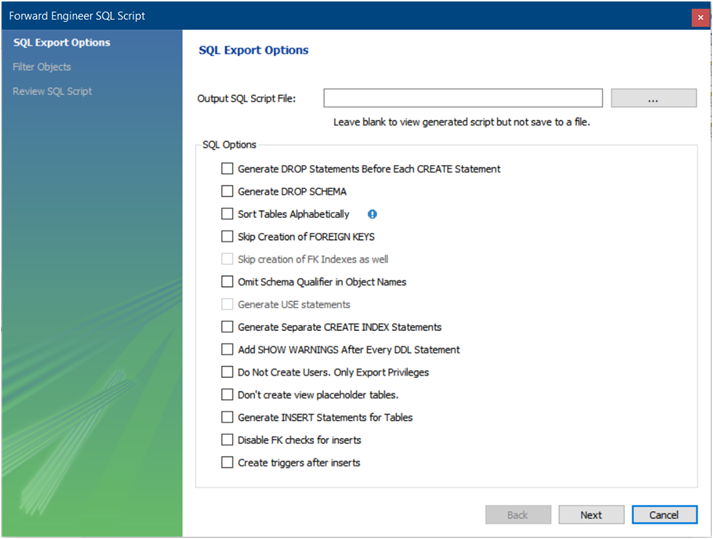How to INSERT If Row Does Not Exist (UPSERT) in MySQL
※ Download: Sql on duplicate key update
Multiple keys in ON DUPLICATE KEY UPDATE Let's upgrade our concept a little bit. For instance we want to update our record only if another passed column has different value or something. Now if the same id is already present in the database, I'd like to update it.

However, you should consider the possible performance reduction depends on your table design. It's just for the example.

INSERT ON DUPLICATE KEY UPDATE - Note that the warning shown below appears in and before, but has been removed in , as MariaDB now assumes that the keys are checked in order, as shown in. See also a similar statement,.

Hi there Hopefully an easy on for you SQL gurus out there. I want an SQL statement that will insert if a unique key does not exist, and update the record if it does for multiple records. I have attached my SQL. Just running the insert without the ON DUPLICATE KEY part works perfectly in an empty table, and inserts 10 or so records from the result of the select statement. I wear a lot of hats - Developer, Database Administrator, Help Desk, etc. Experts Exchange gives me answers from people who do know a lot about one thing, in a easy to use platform. Enq Select all MERGE statement is new in SQL Server 2008. So you can use the UPDATE and INSERT statement. The update works like a dream, but the insert errors with: Incorrect syntax near 'T1'. Furthermore, is there a way to work both statements in to the one statement, maybe using ON DUPLICATE KEY UPDATE? Although this may not be compatible for SQL express 2005? Get answers and train to solve all your tech problems - anytime, anywhere. Edge Out The Competition for your dream job with proven skills and certifications. Stand Out as the employee with proven skills. Move Your Career Forward with certification training in the latest technologies.
It means that all code after ON DUPLICATE KEY UPDATE won't be executed. ON DUPLICATE KEY UPDATE on a partitioned table using a storage engine such as that employs table-level locks locks all partitions of the table. But we can do it with single query using ON DUPLICATE KEY UPDATE ON DUPLICATE KEY UPDATE - introduction This is really simple and easy in use. We want to check if the record exists in the database, if not we want to update it. However, it can certainly handle a much higher load than SQLite and MySQL for the amount of memory you give it - there just isn't any comparison. SELECT and INSERT or UPDATE. Let's assume that we want to collect number of views for the article in our website.



